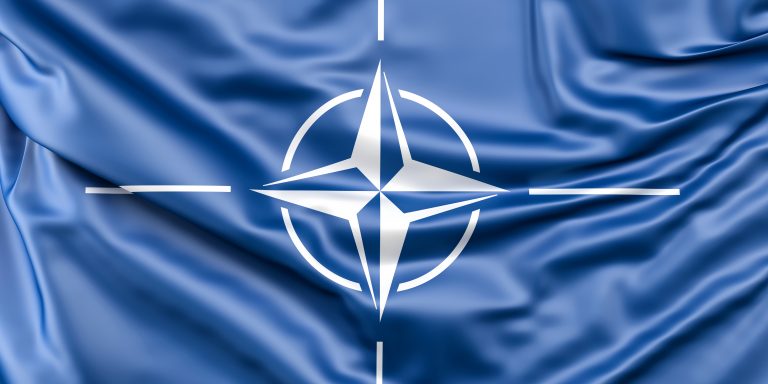INTELBRIEF
December 2, 2020
IntelBrief: NATO Looks to Repair Transatlantic Bond as it Assesses New Challenges

Bottom Line Up Front
- The election of Joseph R. Biden, Jr. as U.S. President will offer NATO an opportunity to repair rifts that have developed in the longstanding transatlantic alliance.
- Even with the election of Biden and the assumption that the U.S. will return to the fold, the NATO alliance still faces a multitude of serious challenges.
- Despite internal bickering among members, polling data indicates that public support for the alliance remains high in most European countries.
- A key focus of the two-day meeting of NATO ministers is a recognition of the importance of the political aspect of great power competition.
With the election of U.S. Presidential candidate Joseph R. Biden, Jr., there was an audible sigh of relief heard across European capitals, from Brussels to Berlin. It is widely acknowledged that Biden will be more amenable to strengthening the NATO alliance than his predecessor, Donald Trump. Throughout his tenure, Trump complained repeatedly and loudly that other NATO countries needed to contribute more of their fair share to sustain the alliance. And while the sentiment itself is not necessarily wrong—NATO countries should seek to contribute more to their own defense—the public browbeating and incessant haranguing caused clear fissures in the transatlantic alliance. Compounding these troubles, French President Emmanuel Macron caused a stir last year when he suggested that NATO was suffering from ‘brain death,’ owing in part to the Trump administration’s unwillingness to engage with key stakeholders on critical issues.
Yet even with the election of Biden and the assumption of Washington reclaiming a leadership role within NATO, the alliance still faces a multitude of serious challenges. Such obstacles were detailed in a recently released report evaluating the future geopolitical landscape and NATO’s role within it. The report was requested by NATO Secretary General Jens Stoltenberg to help provide strategic direction to the alliance in the face of a rising China and a revanchist Russia. NATO ministers are meeting over the course of this week to discuss some of the primary challenges facing the organization, as identified by the report. Toward the top of the agenda will be discerning effective new strategies aimed at strengthening cohesion within the alliance, as well as potential outreach to non-NATO members, particularly democracies with similar goals. The 2014 Russian invasion of Crimea served as a wakeup call for NATO, which closed ranks to increase military readiness and think through innovative methods of countering Russian disinformation. The Baltic States went on high alert, as NATO sought to boost military deterrence, improve readiness, and reinforce vulnerable areas on the alliance's northeastern flank.
Despite internal bickering among members—normal in any sprawling alliance—public support for the institution remains high. For example, according to data from the Pew Research Center, 82% of Poland’s population views the alliance favorably. That same level of popularity does not extend to Turkey, where more than half the population views the alliance unfavorably. Even though Turkey remains a NATO member, Ankara’s recent actions have led to a spike in tensions. Turkish President Recep Tayyip Erdogan angered many within NATO when he moved forward with the purchase of the Russian-made S-400 air defense system. In response, Turkey was ejected from the F-35 program. Erdogan has increasingly gravitated toward Russia and Russian President Vladimir Putin, even as Ankara and Moscow find themselves on the opposite side of conflicts in Syria and Libya. The two countries have also managed to work together, however, as evidenced by efforts to bring an end to the fighting in Nagorno-Karabakh.
Engagement with China occupied a significant portion of the analysis in the report. Recommendations focused on establishing a deliberative body that would evaluate China-specific threats, including espionage, the integrity of global supply chains (especially in a post-COVID environment), information warfare, and military modernization. Another glaring issue is what to do in Afghanistan, where a wavering U.S. commitment is sending mixed signals to NATO allies, long part of the military coalition struggling to stabilize Kabul. Conflict in the Middle East and North Africa, especially in Libya, also has second order effects like irregular migration and human trafficking that threaten stability in many NATO countries. A key focus of the report looks beyond purely military capabilities and recognizes the importance of the political aspect of great power competition. Coming on the heels of the development of several potentially viable COVID-19 vaccines and the recent U.S. election, the timing of the report is serendipitous. NATO is at an inflection point where member countries can recommit to the alliance, recognizing that many noted challenges can only be dealt with effectively by harnessing and directing the collective strength of one of the world’s most enduring institutions.